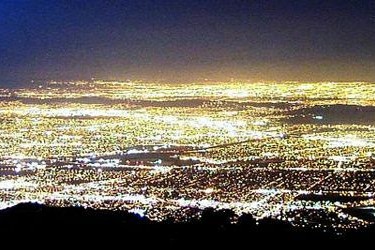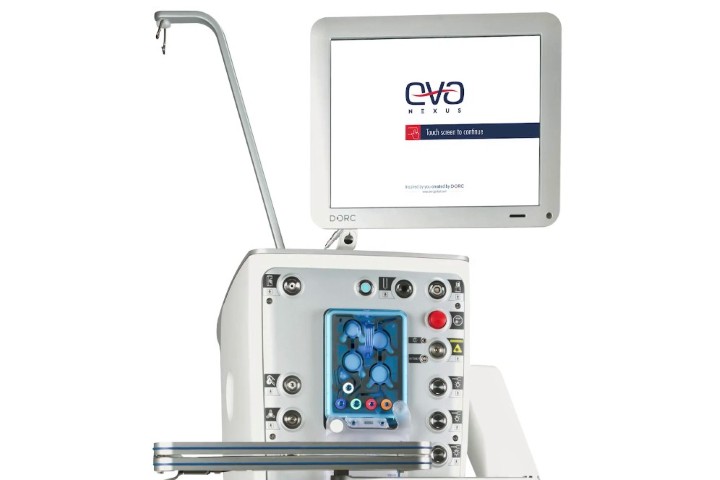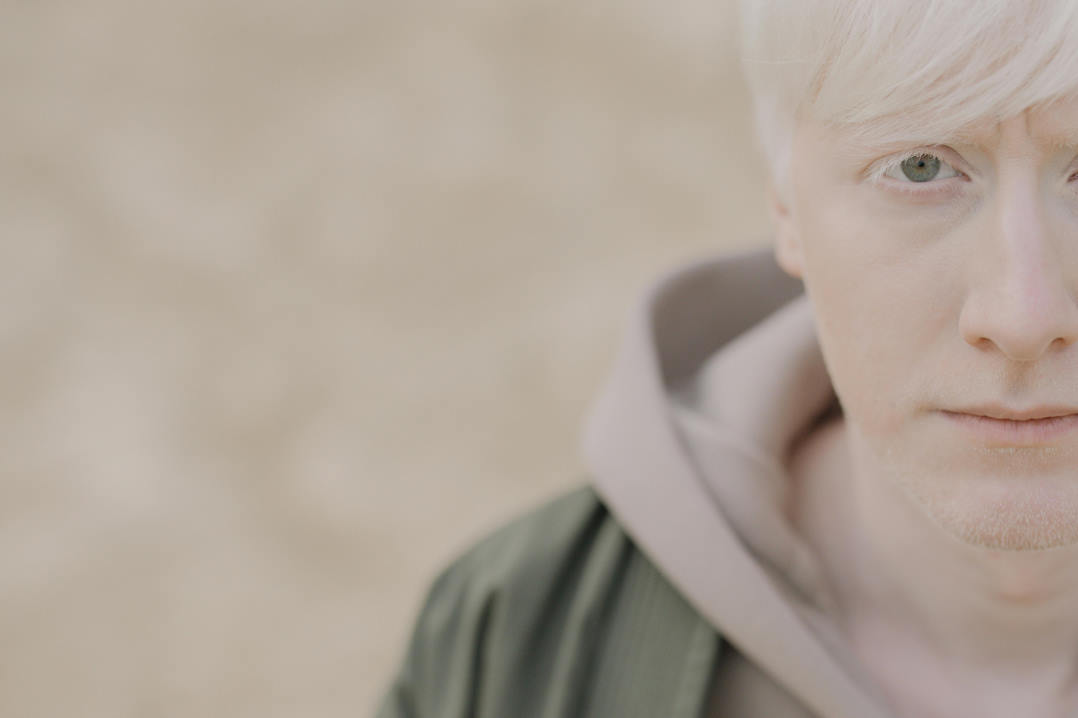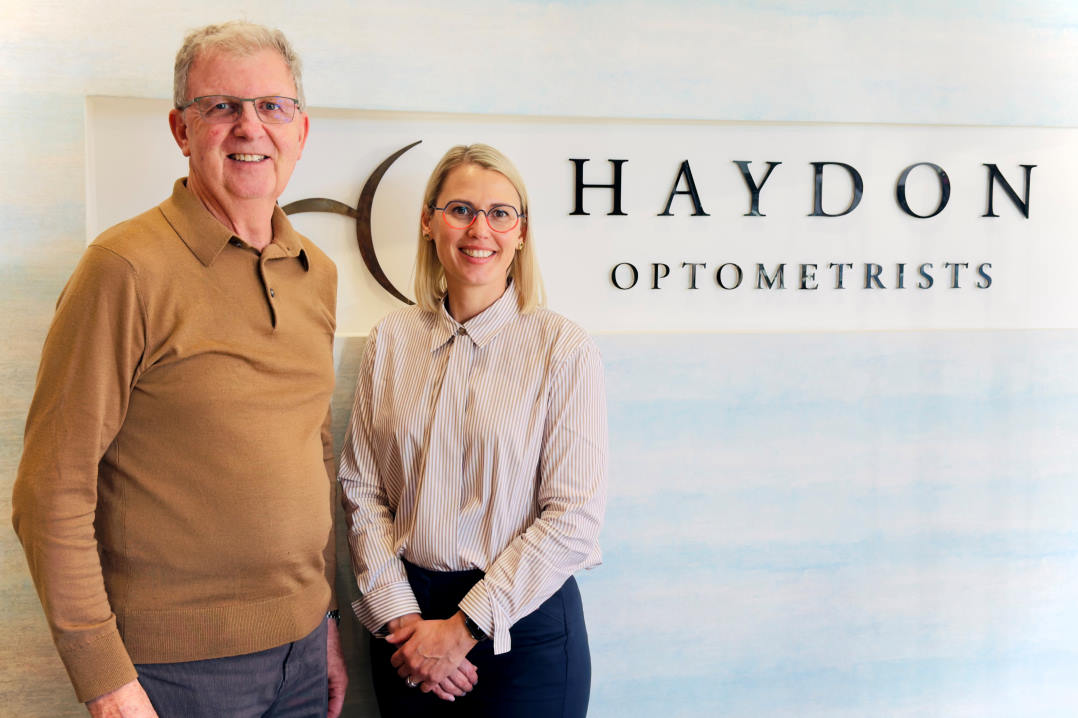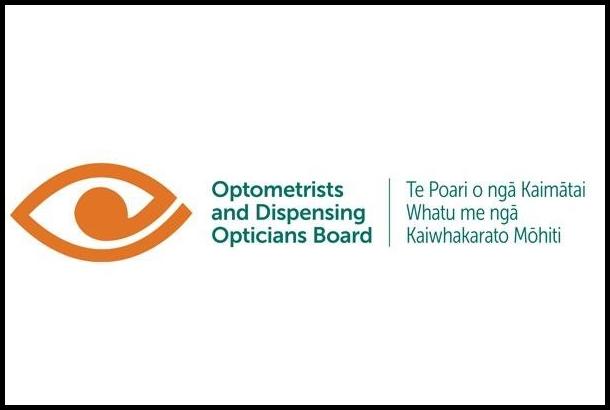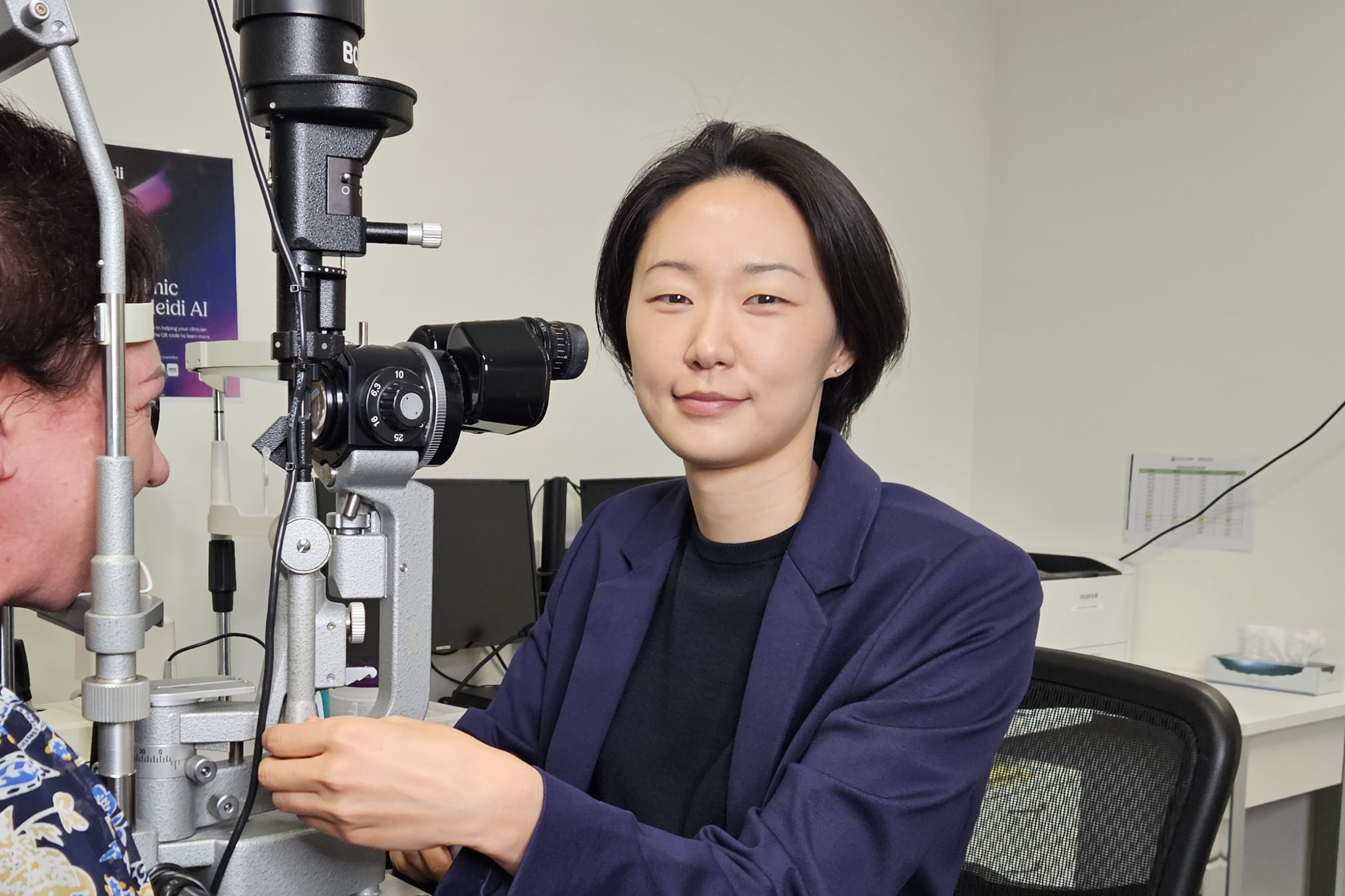Urban light pollution ups AMD risk
People living in areas with the highest levels of outdoor artificial light at night (OALAN) may be at increased risk of developing incident age-related macular degeneration, compared to those living in areas with the lowest levels, a South Korean study found.
Light pollution’s impact on human health is increasingly recognised, but its link to exudative age-related macular degeneration (EAMD) remains unclear, said study lead Dr Ahnul Ha at Jeju National University College of Medicine. “It has been widely acknowledged that artificial light at night has a substantial impact on the retina and optic nerve, potentially resulting in both indirect and direct damage to ocular tissue.”
In the nationwide, population-based case-control study, including individuals 50 years or older (4,078 patients newly diagnosed with EAMD and 122,340 individuals without EAMD), researchers observed a positive association between higher levels of residential OALAN and the risk of developing incident EAMD. They noted the association between exposure to light and EAMD followed a nonlinear pattern, with a concave upward slope that became more pronounced at higher levels of light exposure. The risk remained, even after accounting for confounding factors such as sleep issues and depression. Men aged 70 years or older in these areas had the highest EAMD risk.
“These findings align with the increasing body of evidence that emphasises the negative impact of OALAN on health, further implicating OALAN as a potential risk factor for EAMD,” they concluded, recommending future studies with more detailed information on exposure, individual adaptive behaviours and potential mediators.









